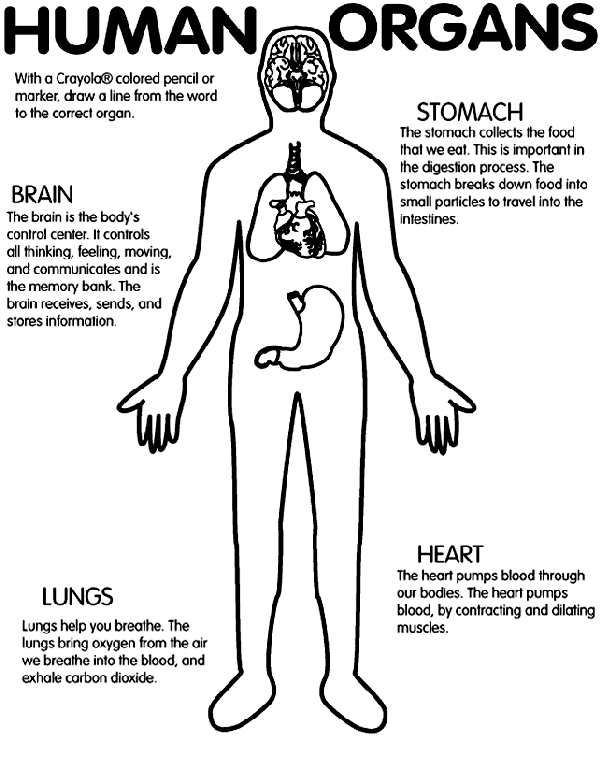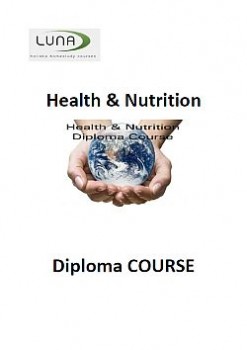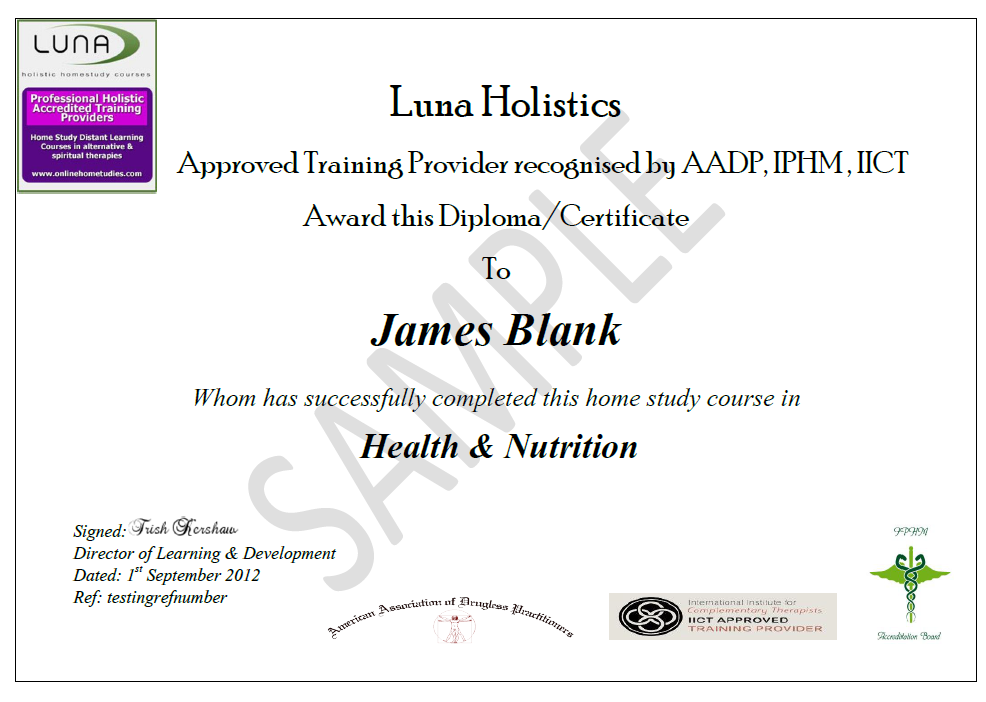Human Organs
Published on 9 November, 2012 | Healthy diets
Understaning Our Organs
The human body consists of biological systems, that consist of organs, that consist of tissues, that consist of cells and connective tissue.
The history of anatomy has been characterized, over a long period of time, by a continually developing understanding of the functions of organs and structures in the body.
Heart – Our heart is the muscular pump of the vascular system. It has four chambers; the two on the right relate to the lungs, and the two on the left relate to the rest of the body. Our hearts take deoxygenated blood into the right side, pump it through the lungs, and return oxygenated blood to the left side and the rest of the body.
Lungs – Our lungs bring air into place where it can be absorbed by our blood, and take undesired gases from the blood and releases them.
Stomach – Our stomachs store undigested food and start the digestion process, preparing our food for treatment by the small intestine.
Small Intestine – Our small intestine fills our abdominal cavity and is framed by the large intestines. It receives partially digested food from the stomach and uses secretions from the pancreas and liver (via the gall bladder) to further break down food. It is responsible for all digestion of nutrients, including vitamins.
Large Intestine – Our large intestine absorbs water, vitamins and minerals. It includes our appendix (lower right side), goes up our right side, across at about our waist, and down our left side.
Liver – The liver is our largest organ. It’s responsible for a multitude of chemicals and changes. Blood brings nutrients into the liver. It converts carbohydrates into fat and proteins. It makes cholesterol, stores vitamins A, D, B12 and Iron, and removes toxic substances from the blood.
Gall Bladder – The gall bladder lies just under the liver. It stores bile that’s been secreted to the beginning of the small intestines. Bile helps digest fats by making them soluble in water so enzymes can act on them.
Pancreas – The pancreas excretes enzymes that enter the small intestines and help with the breakdown of protein, fat and carbohydrates.
The pancreas makes insulin. It is considered a gland and is regulated by hormones.
Spleen – The spleen is a lymphatic organ. It filters our blood, and is active in the immune system.
Kidneys – The kidneys work to maintain the electrical, chemical and concentration balances and integrity of the body water. They maintain the body water volume, process blood plasma, and maintain the acid base balance in our bodies.
Our Endocrine Glands
Pituitary – The pituitary and pineal glands are related to the body’s metabolism. They secrete hormones that cause other secretions in other parts of the body.
Pineal – (Hypothalamus) – The pineal can secrete hormones to create estrogen, progesterone and testosterone, and also regulates the thyroid, bone, skin, adrenal, milk production in mothers and water conservation.
Thyroid – The thyroid increases oxygen consumption in our tissues and thereby fuels and maintains metabolic activity.
Thymus – The thymus is part of the lymphatic system. It can produce ‘T’ lymphocytes that attack the protein of certain tumour cells. It atrophies (wastes away) as we age.
Adrenals – Our adrenals secrete a hormone that breaks down starch and fatty acids, and stimulates our metabolism. The adrenals are responsible for ‘fight’ or ‘flight’ responses that can result in dilated pupils, increased heart rate, nervous activity and breathing.
Ovaries, Testes – The ovaries develop female germ cells (eggs) and female hormones estrogen and progesterone. The testes develop sperm and the male hormone testosterone.





